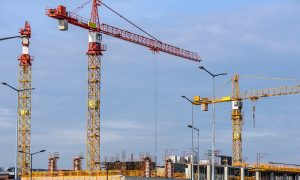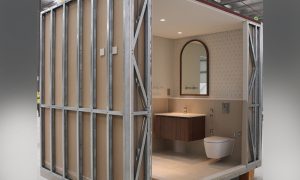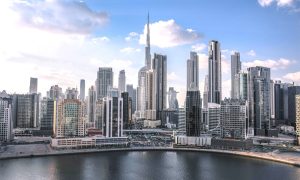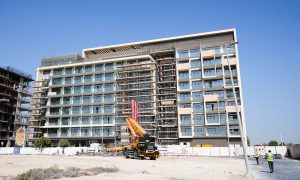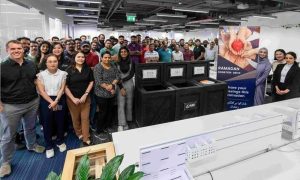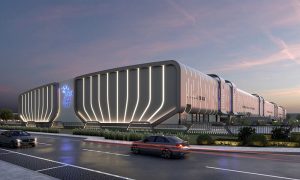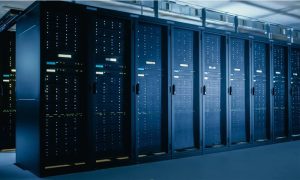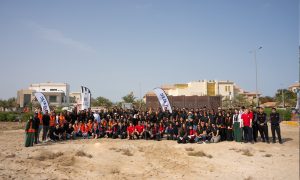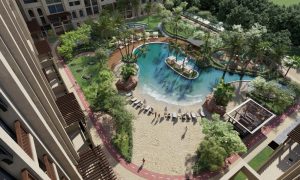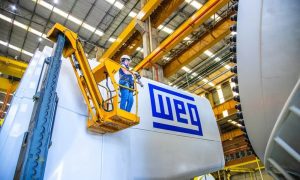Using BIM to help build a sustainable future for the UAE
Building information modelling (BIM) is a revolutionary technology and coordinated process to create intelligent and information-rich 3D representations for stakeholders to cost-effectively design, construct, operate and manage construction projects. BIM has been proven to significantly reduce construction cost (10-40% of total project cost) and improve project delivery. For example, BIM assisted the UK Government in saving approximately $1.7bn in construction costs in 2013-2014, paving the way for the Digital Built Britain strategy for fully BIM-driven construction and procurement in the UK.
Another inherent potential of BIM is its capability to lower the environmental impact of the construction sector, by reducing waste, cutting carbon footprint, and improving energy performance and life cycle management of built assets. BIM is a key enabler for the technology step change towards achieving smarter cities and sustainable developments, for example in energy management, waste reduction, sustainable design and better management of infrastructure and environment.
In the UAE, the construction industry is a key contributor to the economy and environment. According to a report published by Deloitte in 2013, new contracts awarded in 2012 were worth about $24bn and are expected to go up to $52bn in 2015, about 10% of UAE GDP.
However, construction is one of the main contributors to environmental pollution, both in waste generation and carbon emission. According to market research, 75% of waste in the UAE comes from construction, and buildings are responsible for 40% of carbon emissions. Therefore, a slight improvement to this sector could have a considerable impact on capital expenditure and environment.
For example, a 10% saving on contracts could save $5bn a year, resulting in more energy-efficient projects. This is where BIM can deliver immense benefits to the UAE, especially by cutting capital cost on construction projects and delivering sustainable construction projects in line with the UAE’s Vision 2021 for sustainable infrastructure and environment.
There is a history of plans and efforts for sustainable development in the UAE. Dubai is aiming to host the most sustainable World Expo in 2020 by transforming Dubai into a smart and sustainable city. Government-led initiatives such as Estidama in Abu Dhabi are leading the charge to improve handling and selection of materials to achieve the sustainable development goals.
But the biggest challenge in realising these efforts is the nature of the construction industry and its traditional non-collaborative work practices. Sustainable development and smart cities are not possible without significant multidisciplinary efforts from the construction industry. Even the legislation stipulating sustainable design and development is perceived as secondary by project teams, in comparison to the primary goals of time and budget in construction projects. Old construction practices based on competition only promote self-interest, forcing stakeholders to make decisions that reflect their own interests and adopt methods that offer the best solution to their organisational business stability instead of energy performance and environment sustainability.
In order to translate sustainable concepts into sustainable infrastructure, there is a need for innovate technology and collaborative working, such as BIM, to connect the different levels of the industry (decision-makers, urban planners, economists, architects, contractors and construction supply chain), from strategic urban and infrastructure planning to maintenance and operation of the built assets.
BIM’s potential for sustainable development and infrastructure hinges on collaboration and integration of reliable, up-to-date, research-based information and accurate, re-useable data. BIM can be used as a decision-making tool to visualise and optimise multiple design options early in a project stage. A fully coordinated BIM model stores information about components and materials of a project, which can be used to select most appropriate materials and check compliance against sustainable ratings and grades.
Visualisation is a key strength of BIM which helps stakeholders see in a virtual environment how a particular development will fit within the surrounding environment, evaluating its interaction with and impact on people, culture and the existing urban landscape. BIM captures accurate design and construction data which is useful throughout the life cycle of a project, enabling faster, safer, less wasteful construction and more cost-effective, sustainable operation and maintenance of building and infrastructure projects.
By using BIM, the UAE’s economy could be better off by as much as $5-10bn (a 10-20% saving on construction projects) and have a digitally empowered sustainable infrastructure and environment. Can we chose to ignore this and not take any action? The key to making most of BIM remains the government leading the way on its implementation; the availability of well-trained, knowledgeable professionals (including client organisations, government departments and municipalities); and the resolve to effectively use the available technology and innovation to improve the construction industry, and hence the environment in the UAE.
Dr Muhammad Tariq Shafiq can be reached at: muhammad.tariq@iengcon.com
